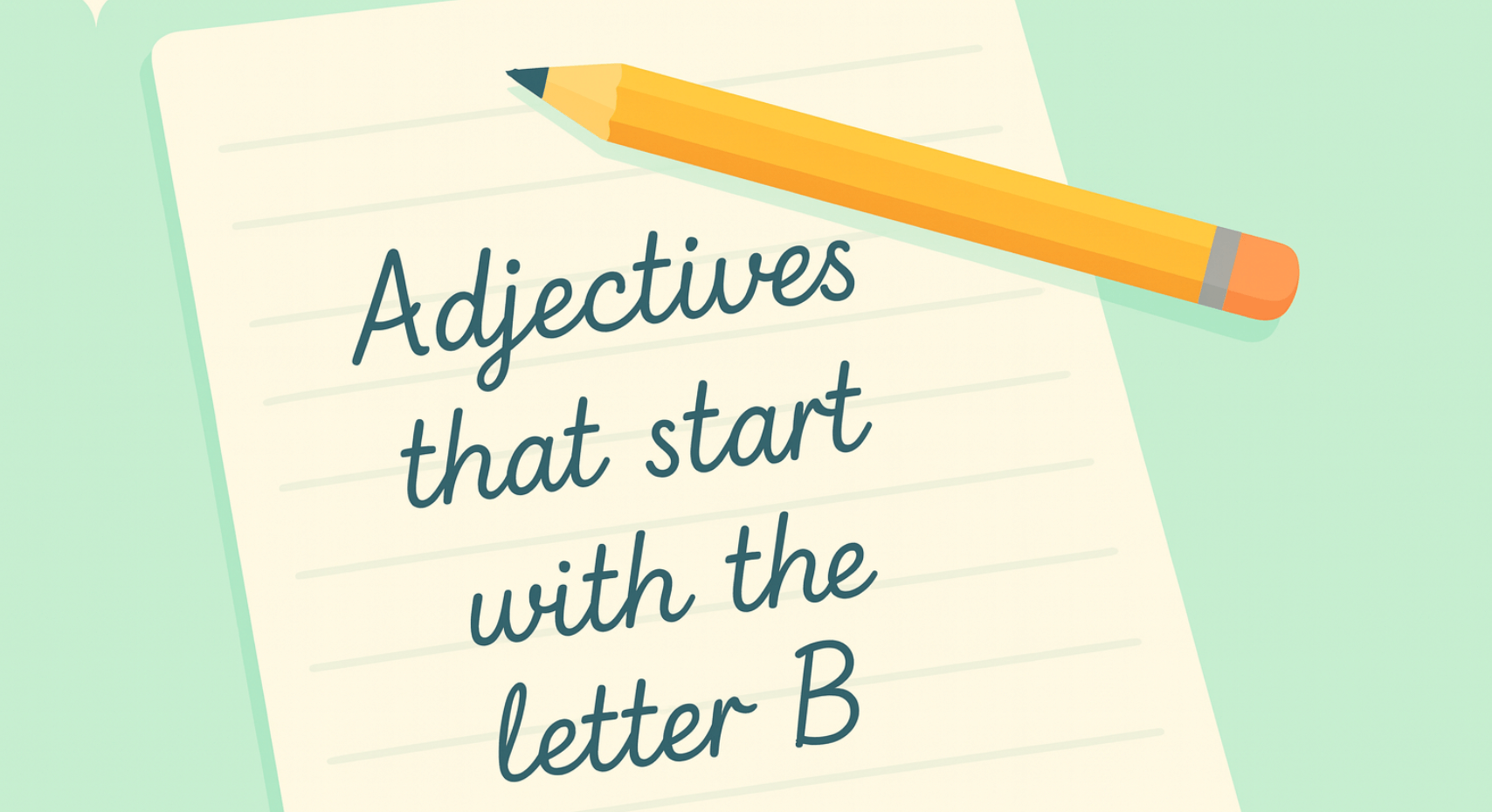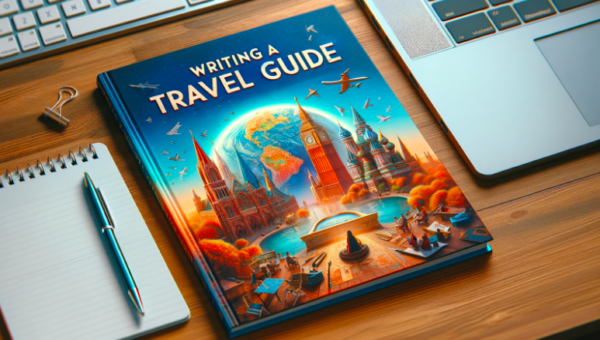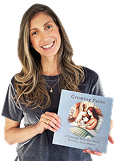Every writer, from budding novices to the grandmasters of the pen, occasionally encounters the dreaded beast known as writer’s block. Whether you’re running in circles trying to hatch fresh ideas or you’re trapped in a writing rut, the struggle is real. But fear not! Flexing your creative muscles through writing exercises isn’t just recommended; it’s scientifically supported to sharpen your skills.
Engaging in creative writing exercises is like putting your brain on a treadmill—not only does it boost your literary fitness, but it also opens new windows of imagination, sharpens your storytelling abilities, and infuses vitality into your narratives. Think of these exercises as your secret weapon in the war against the mundane and mediocre.
Ready to slay the dragons of dull writing and forge epic tales? Dive into these 10 creative workouts that will challenge, inspire, and expand your horizons as a writer. Studies have shown that students who engage in creative writing exercises see significant improvements in their writing skills and attitudes towards writing, with increases in creativity and enjoyment. Specifically, a study demonstrated that such activities could enhance students’ writing performance by as much as ten points
So, why not give your creative spirit a workout? After all, as the research suggests, unleashing your imagination through writing can significantly impact your skills and even your wellbeing
1. One Sentence Story Challenge
Challenge: Write an entire story in a single sentence.
This exercise forces you to be concise and deliberate with every word, managing word count to distill a complete narrative—plot, character, and emotion—into just one sentence. It’s a great way to practice brevity and impactful storytelling.
Tip: Focus on a powerful moment or twist to make your sentence unforgettable.
Example Prompt: “In the silent room, she placed the final piece of the puzzle, realizing it formed his face.”
2. Random Noun Inspiration
Challenge: Choose a random noun and build a story or scene around it.
This creative writing exercise pushes you to explore unfamiliar concepts and generate unexpected ideas. Many writers utilize random words, prompts, or plots to enhance their creativity and combat writer’s block. It’s ideal for breaking out of repetitive themes and tapping into fresh creativity.
Tip: Use a random word generator or flip through a dictionary. Let the noun shape the tone and plot.
Example Prompt “Write a suspenseful scene that revolves around a cracked mirror.”
3. Five Senses Exploration
Challenge: Describe a setting or moment using all five senses.
Engaging the senses pulls readers deeper into your story and creates a vivid atmosphere. This is a great exercise for improving your descriptive writing, unlocking your creative juices, and connecting with the reader emotionally.
Tip: Go beyond sight—what does the space smell like? How does it feel?
Example Prompt: “Describe a rainy street from the perspective of a lost child.”
4. Dialogue-Only Scene
Challenge: Write a scene entirely through dialogue between two characters.
This exercise strengthens your ability to develop characters and move a story forward without relying on descriptions. It’s perfect for improving natural conversation flow and subtext. Try shifting from your usual point of view, such as first or second person, to third person to provide a broader view and depth to the narrative.
Tip: Use dialogue to reveal the setting, mood, and character dynamics.
Example Prompt: “Two strangers get stuck in an elevator. Write their entire conversation.”
5. Five-Minute Freewriting Sprint
Challenge: Set a timer for five minutes and write continuously without stopping.
This exercise clears mental clutter and allows raw, unfiltered ideas to flow. It’s a fantastic warm-up to break through writer’s block.
Tip: Don’t edit or judge—just write.
Example Prompt: “Start with the words, ‘I never expected to find…'”
6. Use a Poetry Form to Tell a Story
Challenge: Tell a story using a structured poetry form, like a haiku or sonnet.
This exercise forces you to be intentional with word choice and rhythm, emphasizing the importance of different poetry forms. It’s a great way to practice concise, impactful storytelling.
Tip: Choose a form that feels unfamiliar to stretch your creativity.
Example Prompt: “Describe a heartbreak in a haiku.”
7. Mix and Match Characters and Settings
Challenge: Combine two unrelated characters and settings to create a new story.
This fun exercise helps you explore unique character dynamics and unexpected plotlines.
Tip: Pair unlikely genres or character types for interesting conflicts.
Example Prompt: “A medieval knight wakes up in a futuristic space station. What happens next?”
8. Describe a Moment in Extreme Detail
Challenge: Take a single, fleeting moment and expand it with vivid, intricate details.
Zooming in on small moments teaches you how to build atmosphere and evoke emotion.
Tip: Focus on micro-actions, like the trembling of hands or a distant sound.
Example Prompt: “Describe the exact moment before a runner starts a race.”
9. Writing with Limitations
Challenge: Write with specific constraints to stimulate creativity.
Writing with limitations is a great exercise to challenge your creative writing skills. By imposing constraints on your writing, you can stimulate your imagination and develop your ability to think outside the box. Here are some examples of writing with limitations:
- Write a short story using only 50 words.
- Write a poem without using the letter “e”.
- Write a scene using only dialogue.
- Write a character sketch using only descriptive language.
Tip: Embrace the constraints as opportunities to explore new ideas and push your creative boundaries.
Example Prompt: “Write a 50-word story about a lost key.”
10. Rewrite a Wikipedia Article
Challenge: Research and rewrite a Wikipedia article in your own words.
Rewriting a Wikipedia article is a great exercise for developing your research and writing skills. By rewriting a Wikipedia article, you can practice researching a topic, organizing information, and writing in a clear and concise manner. Here are some tips to rewrite a Wikipedia article:
- Choose a topic that interests you and research it thoroughly.
- Read the Wikipedia article on the topic and take notes on the main points.
- Rewrite the article in your own words, using your own voice and style.
- Make sure to include all the necessary information, including facts, figures, and references.
Tip: Focus on clarity and accuracy, ensuring your rewritten article is both informative and engaging.
Example Prompt: “Rewrite the Wikipedia article on the history of chocolate.”
By incorporating these new sections, the article now offers a comprehensive range of creative writing exercises to help writers sharpen their skills and explore new ideas.
Turn Practice into Progress
Great writing isn’t just a stroke of luck; it’s the fruit of persistent and deliberate practice. These 10 creative writing exercises are your tools to stretch the imagination, refine your skills, and dismantle the walls of creative blocks. Whether you’re piecing together short tales, weaving the threads of a novel, or just sprinkling your creativity across the pages, these exercises are engineered to cultivate your growth as a storyteller and breathe life into your visions.
As you begin to experiment with these exercises, remember that every writer’s journey is unique, and it may take time to find what best reignites your creative spark. If you find yourself facing stubborn writer’s block despite these exercises, don’t be discouraged. Consider exploring additional strategies and techniques designed specifically to conquer this challenge.
For more detailed guidance, check out our article on “10 Creative Techniques for Overcoming Writer’s Block“, which offers a variety of tools to help you break through creative barriers and get back to writing with renewed energy and inspiration.
Unlock Your Full Potential with a Writing Coach
As you work through the creative writing exercises above, you might feel like you’re finally breaking through some of the challenges that come with writing, but what if you could take your writing to the next level with personalized, expert guidance? This is where a writing coach comes in.
A book writing coach doesn’t just help you with overcoming writer’s block—they become a trusted partner in your creative journey. Whether you’re working through drafts or refining your writing style, a coach provides tailored advice, motivation, and practical tools to enhance your craft. With a writing coach online, you can access this valuable support from anywhere, helping you stay on track and motivated no matter where you are in your writing process.
Think of a writing services consultant as a sounding board for your ideas, helping you clarify your vision and turn those creative sparks into a fully realized book. A coach isn’t just someone to help with grammar or structure; they’re there to help you find your authentic voice, offer constructive feedback, and give you the strategies to take your book from idea to manuscript with confidence.
If you’re serious about improving your writing and making real progress, book creation coach services can offer you the structured support you need to move forward with clarity and purpose. Whether you need help developing characters, finding a plot that sticks, or simply building sustainable writing habits, a coach can guide you through the process and hold you accountable.
The best part? A writing coach can help you make the transition from feeling stuck to feeling empowered, turning those hours of freewriting and exercises into tangible, long-term progress.
FAQs – Writing Exercises
Q: What are 3 rules of free writing?
This question introduces the foundational principles of free writing, such as writing without pausing, ignoring grammar and spelling errors, and allowing thoughts to flow freely. It emphasizes how these rules can help writers overcome mental blocks and stimulate creativity.
Q: How long should writing exercises be?
Addressing the duration of writing exercises can help set practical expectations for readers, guiding them to manage their time effectively during practice sessions. Tailoring the length based on goals and stamina can maximize the benefits of each session.
Q: What is an example of a free writing activity?
Providing examples of free writing activities offers readers immediate, practical ways to begin practicing and seeing how free writing can help stimulate their creativity. Activities like writing non-stop for 10 minutes about your day can serve as an excellent starting point.
Q: How to improve the 4 C’s of writing (clarity, conciseness, coherence, and correctness)?
This question explores strategies for enhancing critical aspects of writing, crucial for effective communication, by breaking down each component and offering targeted exercises. Improving these can make writing more impactful and reader-friendly.
Q: What are the 5 steps to effective writing?
Outlining a step-by-step process for writing effectively guides beginners through drafting, revising, and finalizing their written content, from brainstorming ideas to editing your book. This structured approach helps ensure that all key elements of good writing are covered.
Q: How can I practice writing without writing?
This intriguing question explores alternative methods to improve writing skills, such as engaging in thoughtful reading, listening to well-crafted writing, or practicing oral storytelling, which can sharpen a writer’s sense of style and narrative structure.








